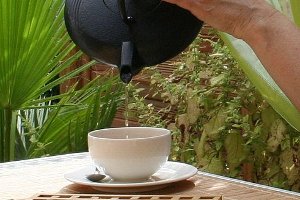 The Water Processing Method.
The Water Processing Method.
There are some traditions I have around writing. First off, in my apartment I have my write or do nothing chair. The only two things I am allowed to do in it are write or do nothing. It is where I am sitting right now as I am type this. The second tradition is classical musical in the background; this is especially helpful for long bouts of writing requiring more focus. The third is a pot of tea. The third tradition is problematic late at night, as then I don’t sleep due to the caffeine. Which made me ponder an alternative and how it is derived – how is tea decaffeinated?
Real tea comes from the leaves from the Camellia sinesis or Camellia assamica plant . These leaves naturally contain caffeine in varying amounts. Black teas are the most strongly caffeinated while white teas contain the least amount of caffeine. At night, one could drink herbal tea but these are not actually genuine teas. They are just herbal tinctures derived from other plants.
One could enjoy an actual cup of decaffeinated tea by pouring out the first cup and re-steeping. This works best with loose-leaf tea; about 80% of the caffeine in tea is released in the first thirty seconds of steeping. Pouring out the first batch steeped and then adding more hot water will get rid of the majority of caffeine while maintaining the flavor of the tea.
